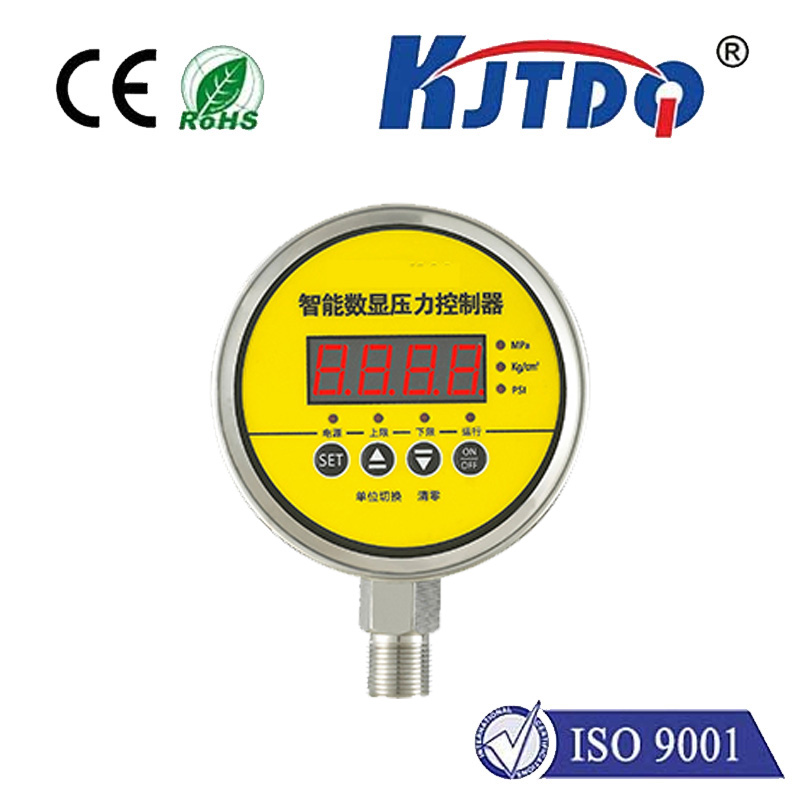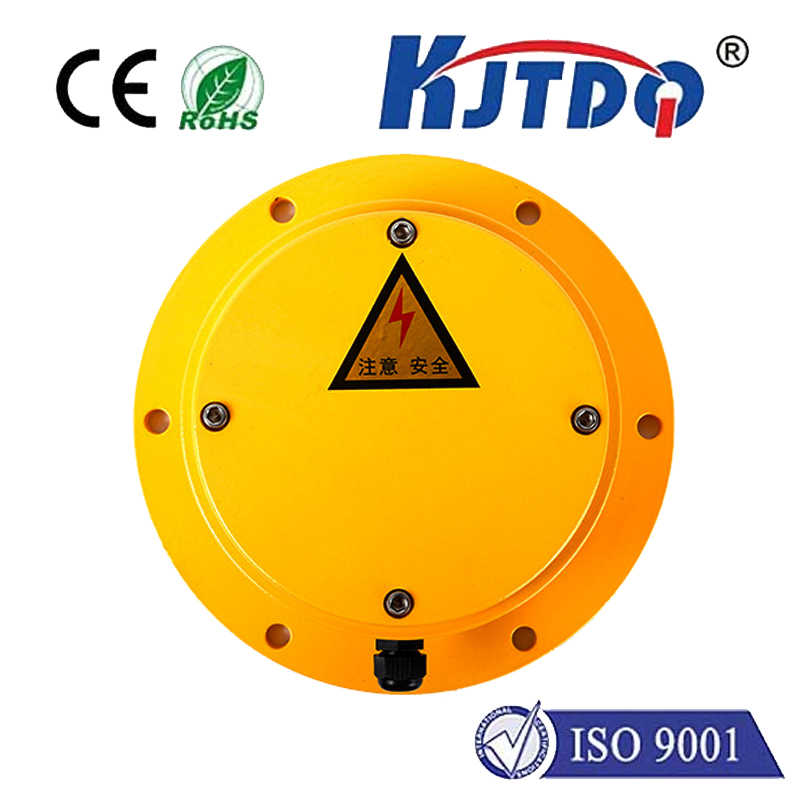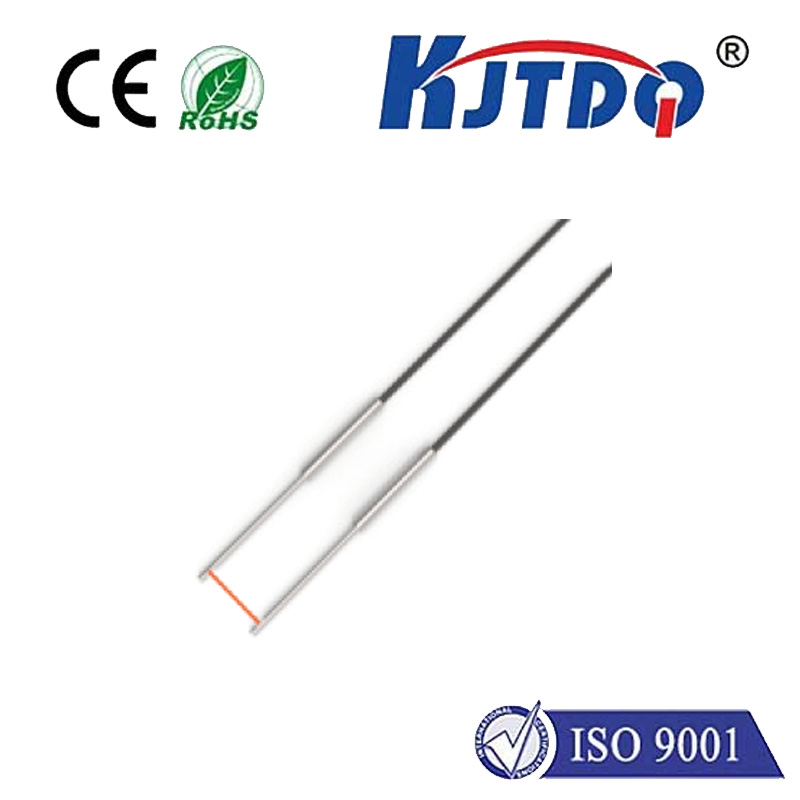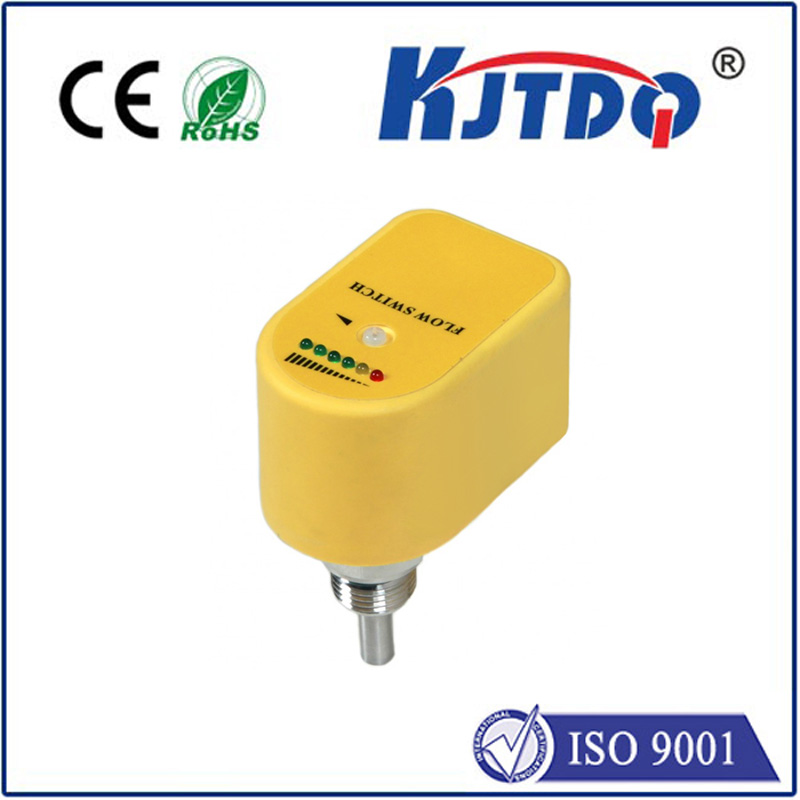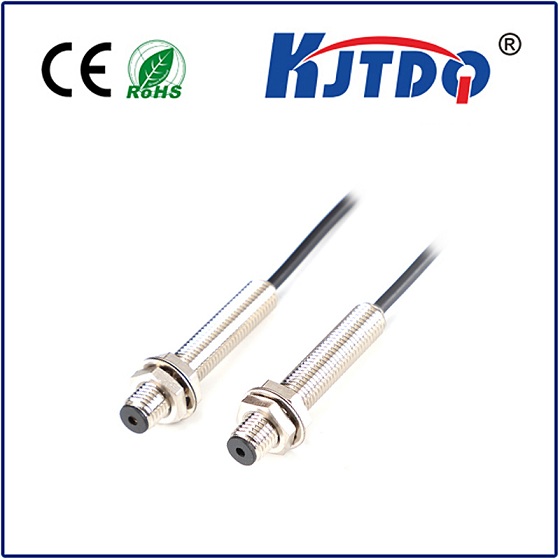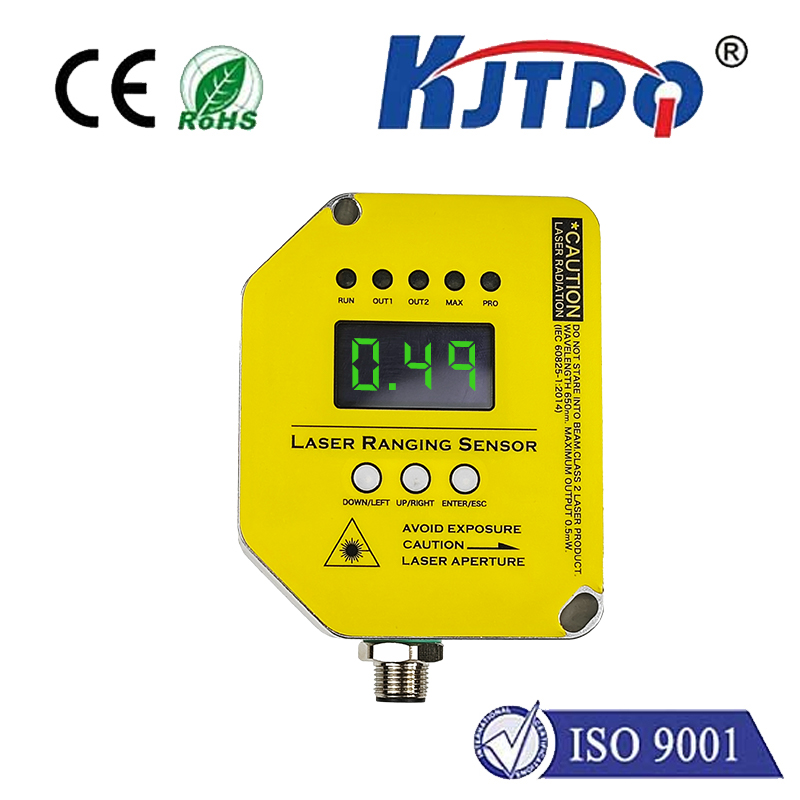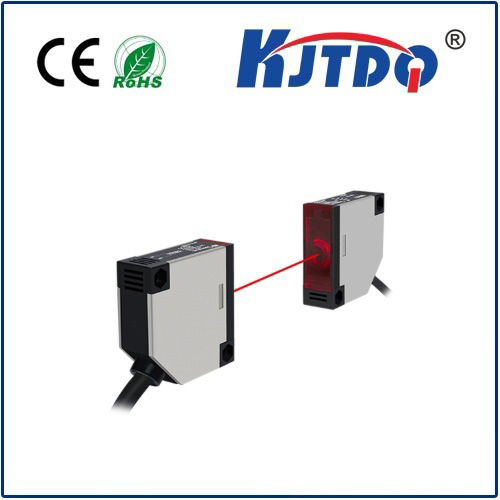

check

check

check

check

check

check

check

check

check

check
The rhythmic clatter of power looms has driven textile production for centuries. But beneath the familiar clamor, a quiet revolution is weaving its way through modern factories: the integration of power loom optical sensors. These sophisticated electronic eyes have become indispensable allies in the relentless pursuit of flawless fabrics and unprecedented operational efficiency. Forget manual inspections or rudimentary mechanical stops; optical sensors offer a level of precision, speed, and intelligence that is fundamentally transforming the weaving process.
At its core, the job of a power loom optical sensor is remarkably focused yet critically important: to constantly monitor the state of the warp yarns as they feed into the weaving zone. Warp yarns, held under immense tension lengthwise on the loom, are the fundamental backbone of the fabric. Any breakage, excessive slack, or irregularity in these threads inevitably leads to weaving faults – flaws that compromise fabric quality, waste precious materials, and demand costly downtime for repair. Detecting these issues instantly is paramount, and this is where optical sensors excel.
So, how do they deliver this crucial capability? Most modern power loom optical sensors rely on photoelectric principles. Typically, a focused beam of light (often infrared or visible light) is projected across the path of the warp yarns. On the opposite side, a sensitive receiver continuously measures the intensity of the light reaching it. As warp yarns move downward into the shedding mechanism:

This real-time monitoring happens thousands of times per second. Crucially, the instant an anomaly is detected – signifying a broken or problematic warp yarn – the sensor sends an immediate electrical signal to the loom’s central control system. This triggers an automatic stop within milliseconds. Stopping the loom instantly is the critical action. It prevents the broken end from being woven further into the fabric, which would create increasingly complex and damaging faults the longer the loom runs. Instead of a large flaw requiring extensive manual mending or resulting in an entire section of fabric becoming scrap, the stoppage localizes the problem to a single, easily repairable yarn break.
The benefits of this sophisticated real-time intervention cascade throughout the weaving operation:
Integration into Industry 4.0: The evolution of power loom optical sensors is intrinsically linked to the rise of smart factories. Today’s sensors are increasingly intelligent components within a larger digital ecosystem. They feed real-time operational data directly into Manufacturing Execution Systems (MES) and Enterprise Resource Planning (ERP) platforms. Supervisors can monitor loom performance, break rates, and efficiency metrics from anywhere via dashboards. This connectivity facilitates data-driven decision-making, optimizing production schedules, maintenance routines, and even yarn procurement based on actual machine performance.
The technology itself continues to evolve. Advanced sensor designs offer greater immunity to ambient light fluctuations, dust, and lint – common challenges in the mill environment. Multi-beam sensors can monitor multiple yarns simultaneously or provide more nuanced detection. Combined sensors that integrate optical break detection with tension monitoring or even simple fabric inspection (like detecting thick/thin places) are emerging, offering even more comprehensive process control.
In essence, the power loom optical sensor is far more than a simple “stop-on-break” device. It is a cornerstone technology enabling modern, high-speed, high-quality textile manufacturing. By providing unblinking vigilance, instantaneous response, and valuable intelligence at the most critical point of the weaving process, these sensors safeguard quality, slash waste, boost productivity, and empower data-driven textile production. They exemplify how targeted automation, driven by sophisticated sensing, weaves efficiency and excellence directly into the fabric of the industry. Integrating high-performance optical sensors is no longer a luxury; it’s a fundamental requirement for textile manufacturers striving to compete in demanding global markets.

